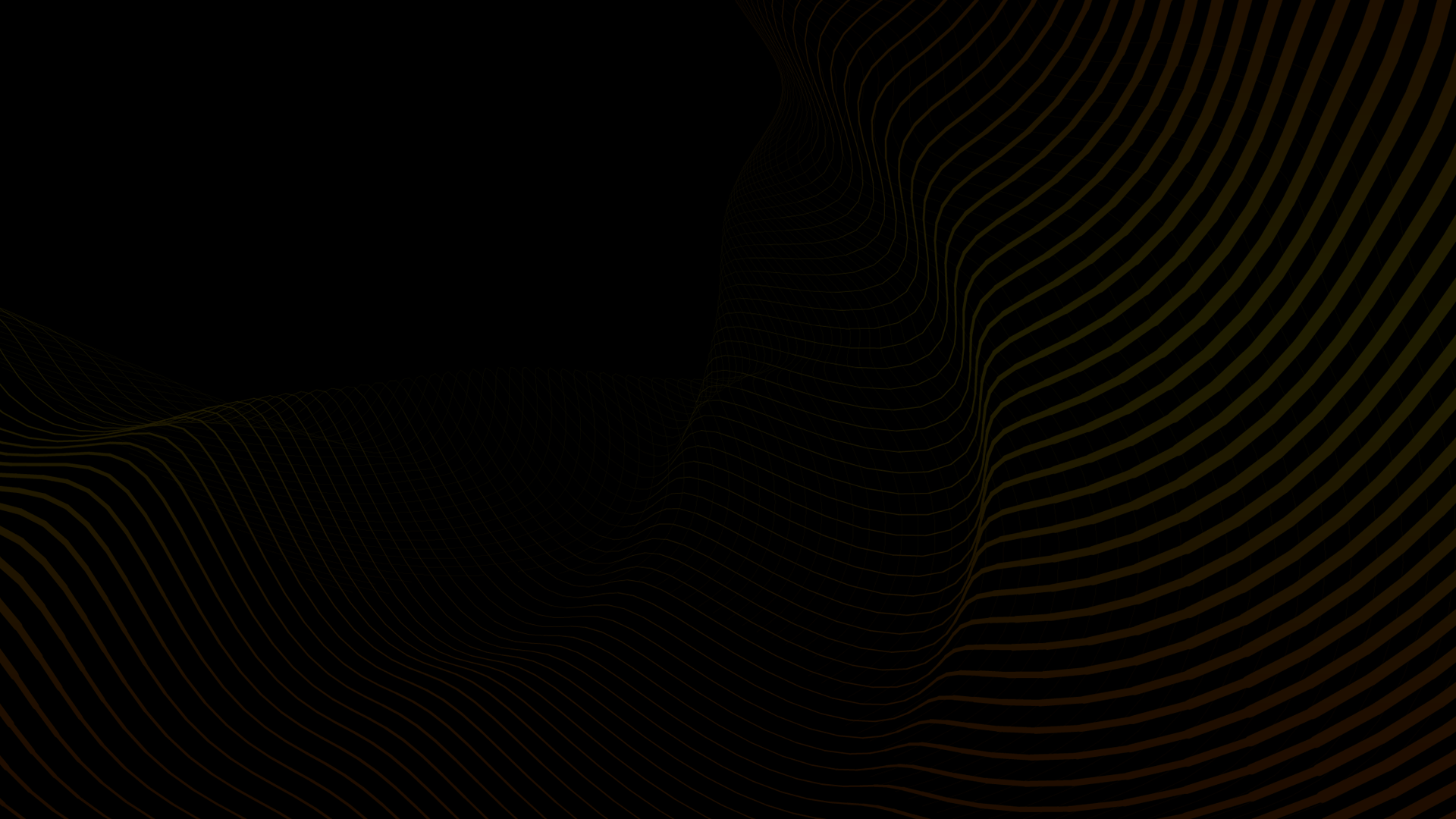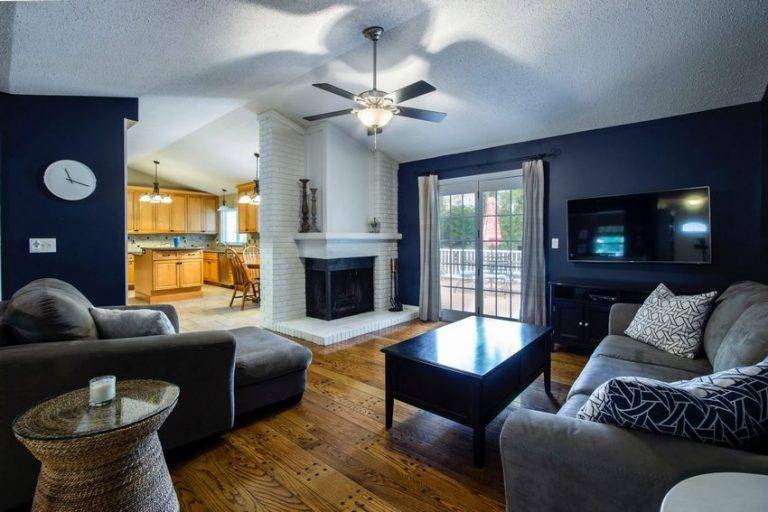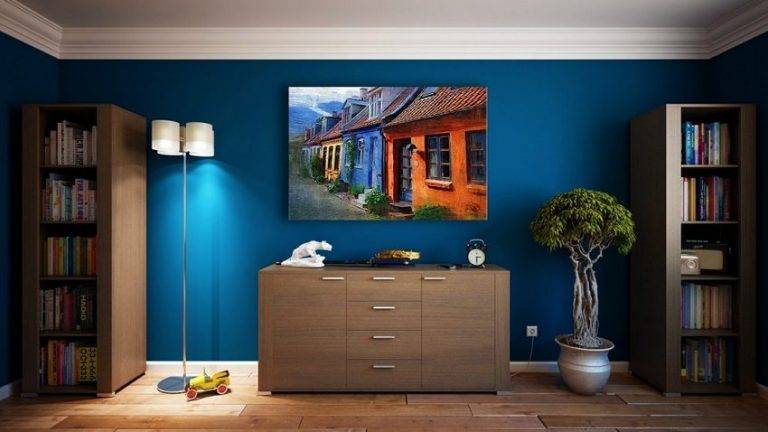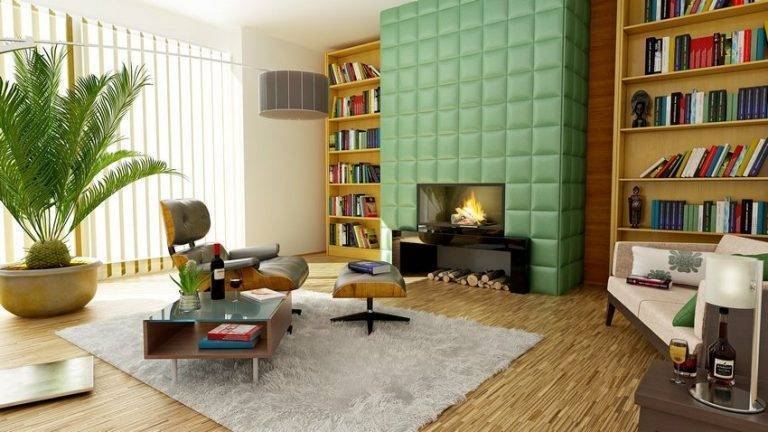Colors That Complement Interior Spaces
Most clients today prefer open floor plans, moving away from past trends that favored interior rooms divided by walls.
This makes the role of color even more crucial because the chosen color palette needs to tie together spaces with varied functions. Living, dining, entertainment and kitchen spaces need to be visually tied together by color.
With color palettes, you can choose to go either light or dark. Light colors such as white and beige are timeless and work wonderfully to bring different spaces together.
Whites and beiges can be a backdrop for anything. They can offset furniture with rich, dark colored upholstery in a luxurious living room or can be paired with state-of-the-art equipment and lacquered cabinets in a kitchen.
They can also act as a backdrop for a collection of eclectic artefacts or become a canvas for bespoke artwork. White walls can work with dark wooden floorings and just as well with grey concrete floors. White is a truly versatile color and can work with so many different accent colors.
Painting a wall with dark colors such as turquoise, red, ochre yellow, brick brown, dark grey or black is a daring move and adds drama to a room.
The vivid colors make the space come alive. Pair these with light curtains and furniture to counterbalance the dark walls. Darker colors tend to compress a space, making it feel cozy.
They are ideal for reading nooks or studies, where you want the space to appear intimate and inviting. Light accent pieces can draw the eye away form the walls, making you focus on the artefacts instead.
Trending Colors In Interior Design Color Schemes
What are the popular colors that clients are requesting in their interior spaces?
While many people look to popular trends to help them decide on their interior design color schemes, there are some color palettes that are timeless. These never go out of style and their popularity is not really affected by trending colors.











